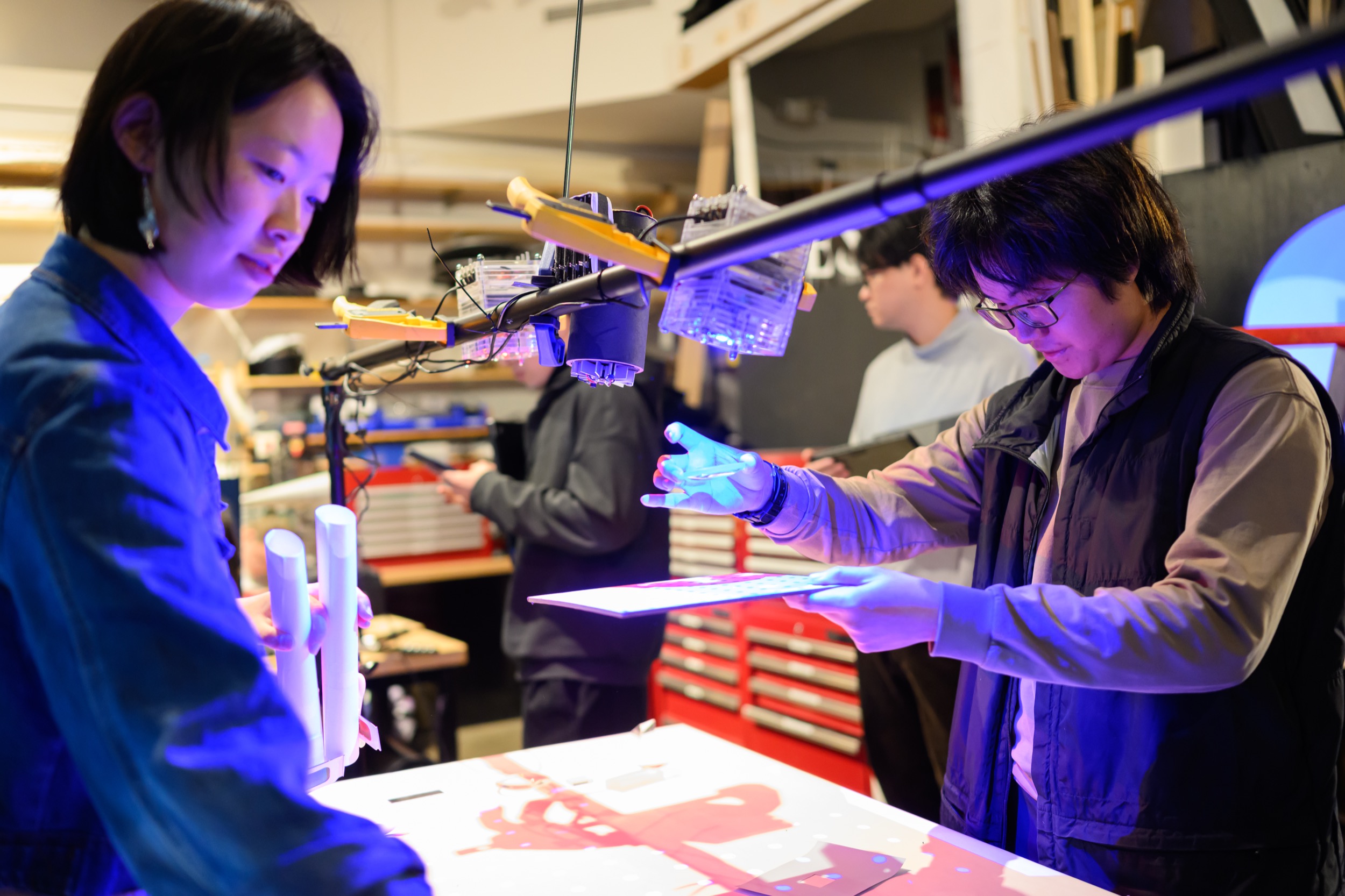About

The MIT School of Engineering is a global leader in engineering education and research, where some of the world’s most transformative discoveries and innovations take shape.
Our Mission
The MIT School of Engineering educates the next generation of engineering leaders, advances foundational and applied knowledge, and serves the nation and world through innovation that addresses humanity’s most pressing challenges. Our community of exceptional scholars, inventors, and innovators has led some of the most transformative discoveries and technological breakthroughs in history.
Quick Links
Our Education
At the MIT School of Engineering, education spans disciplines and industries, equipping students with the skills and mindset to lead across a wide range of careers. Through a rigorous and hands-on approach to learning, students master both the fundamentals and the frontiers of their fields.
Across ten academic departments and a range of interdisciplinary graduate programs, they gain the knowledge, perspective, and practical experience to excel in research, industry, entrepreneurship, and public service. The School’s commitment to education extends beyond campus through K–12 initiatives and lifelong learning opportunities that inspire and empower learners at every stage.

Our Research
Research at the MIT School of Engineering is defined by real-world impact. Our faculty are pioneers in their fields, leading efforts that expand the frontiers of knowledge and create solutions with global reach. In addition to our ten academic departments, a robust ecosystem of research centers and laboratories drives innovation across the full spectrum of engineering disciplines. Our focus on key research areas and priorities evolve in response to emerging challenges and opportunities, ensuring that our work remains as dynamic as the world it serves.
Collaboration is central to this research mission. Our programs and initiatives connect engineers with scientists, entrepreneurs, industry leaders, and policymakers to accelerate the translation of ideas from the lab to society. The School also provides strong support for postdoctoral scholars, fostering mentorship, professional development, and community to prepare them for leadership in academia, industry, and beyond.

Our Innovation
Innovation is at the heart of our research and educational missions. Our faculty and students translate research into solutions that improve lives, advancing technologies that move from idea to impact.
The School’s robust innovation and entrepreneurial ecosystem — including incubators, mentorship programs, and funding opportunities — empowers students, faculty, and postdoctoral scholars to turn discoveries into real-world applications and ventures. A connected network of makerspaces across campus provides the tools, resources, and collaborative environments needed to prototype, experiment, and build. Through close collaboration with industry leaders, we accelerate progress and expand the reach of engineering innovation.



